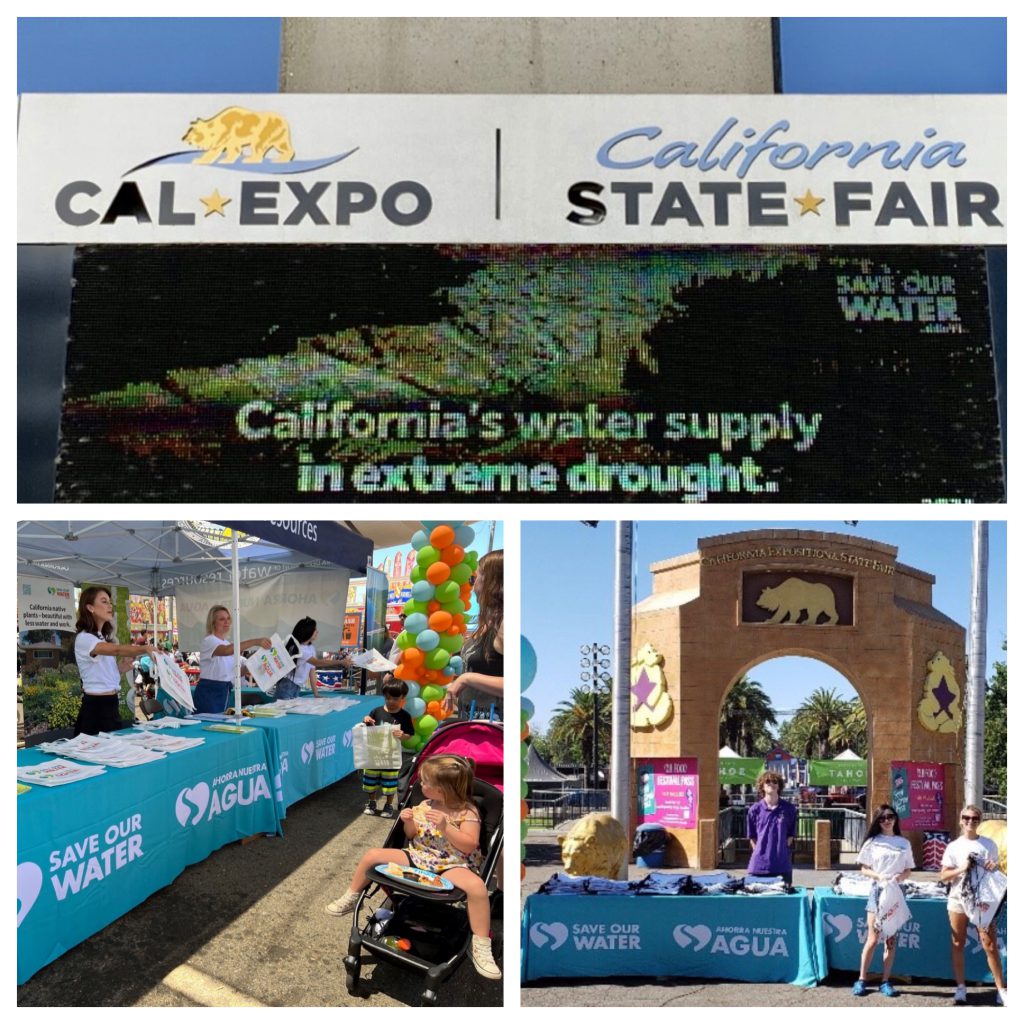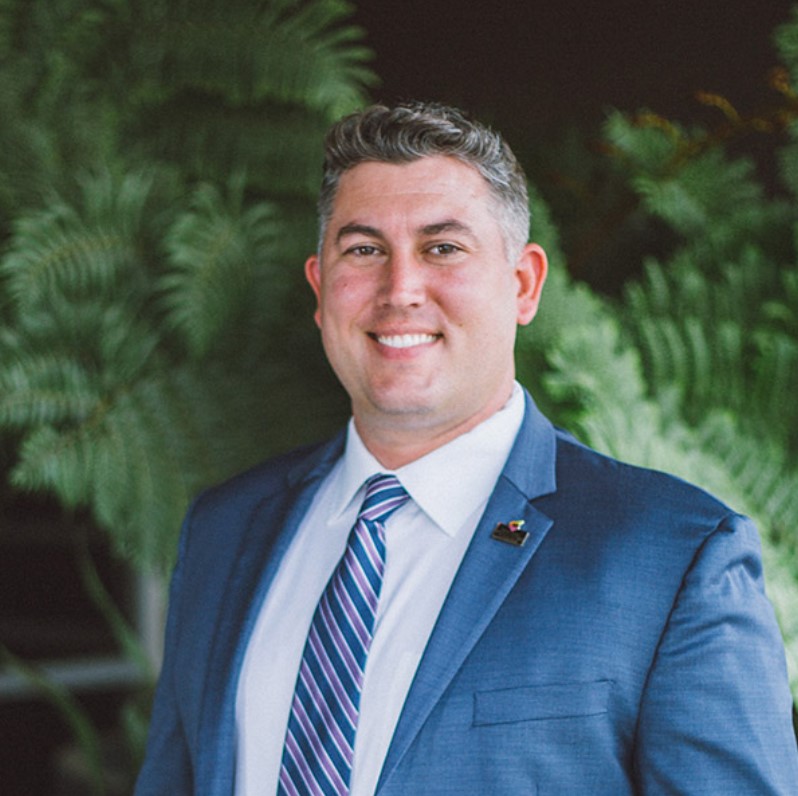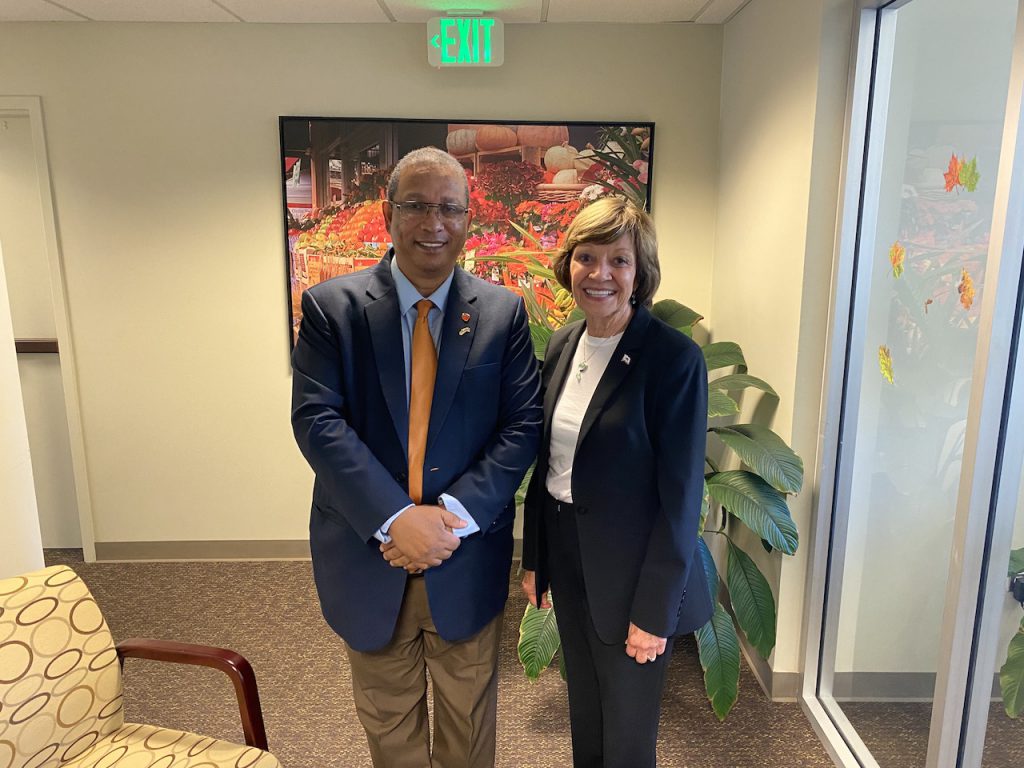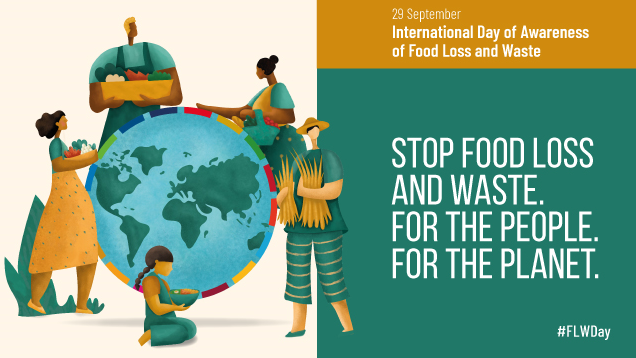
By CDFA Secretary Karen Ross
On the second day of New Zealand’s 2035 Oceania Summit, I had an opportunity to meet with Minister of Agriculture Damien O’Connor to discuss the aligned values of California and New Zealand on climate change. This bilateral dialogue led to a signing of a Letter of Intent to lower emissions, expand market opportunities, and further climate resilience in agriculture through research, innovation, agricultural technologies, and nature-based solutions. This builds very positively on a memorandum of understanding signed by Governor Newsom and New Zealand Prime Minister Jacinda Ardern in May.
Minister O’Connor and I agree on many things, including the fundamental understanding that we cannot have healthy farms without healthy ecosystems.
We signed the letter as New Zealand announced a pilot project for agricultural emissions pricing, which will make the country the first in the world to establish a financial system to mitigate emissions from livestock.
Other significant topics at the Summit included a discussion with Dr. Moses Amos (Vanuatu’s Minister of Agriculture) and Ms. Temarama Anguna-Kamana (Cook Islands’ Secretary of Agriculture) about the climate impact to Pacific island nations – from sea level rise and ocean acidification to more severe droughts, cyclones and floods. The Pacific island countries have done little to contribute to climate change but face the most dire consequences. The message was clear: “Provide us the opportunity to introduce agri-tech, so we leave no one behind.”
I had the pleasure of being one of the closing speakers for the Oceania Summit and shared the urgency of our need to collaborate on climate, water availability, food security, and energy. Challenges create opportunities, and California’s reality with a hotter, drier climate is a call to action for farmers, academia and governments.
I look forward to the week ahead as our delegation shares information and learns from growers in New Zealand, as we continue to work together to help foster and further innovate a climate-smart, resilient and regenerative food system.
Secretary Ross is in New Zealand this week for an exchange on climate change adaptation. Joining her in the delegation are representatives from agriculture and academia. This mission will serve as an educational program to help secure the long-term competitiveness of California specialty crops and enhance the competitiveness of the industry through more sustainable, diverse and resilient specialty crop systems.









